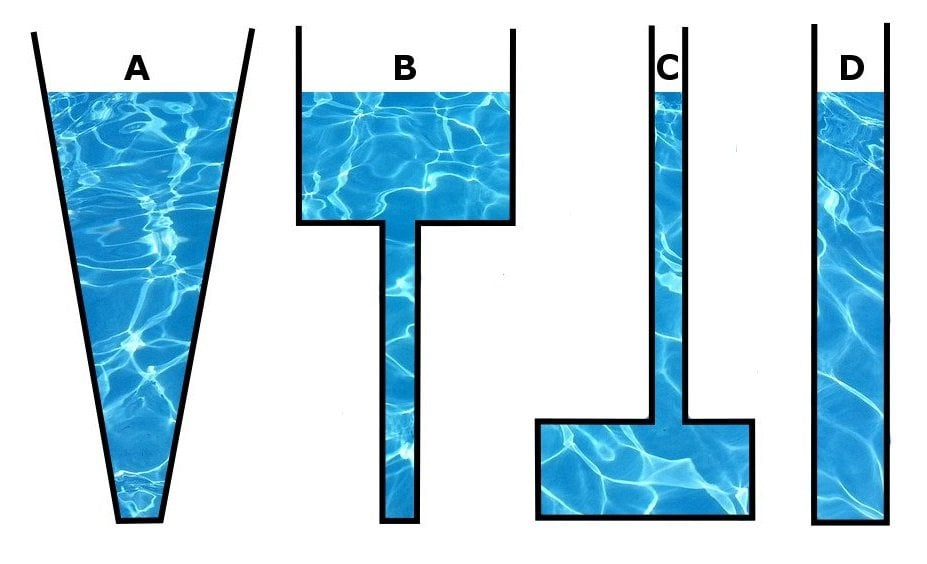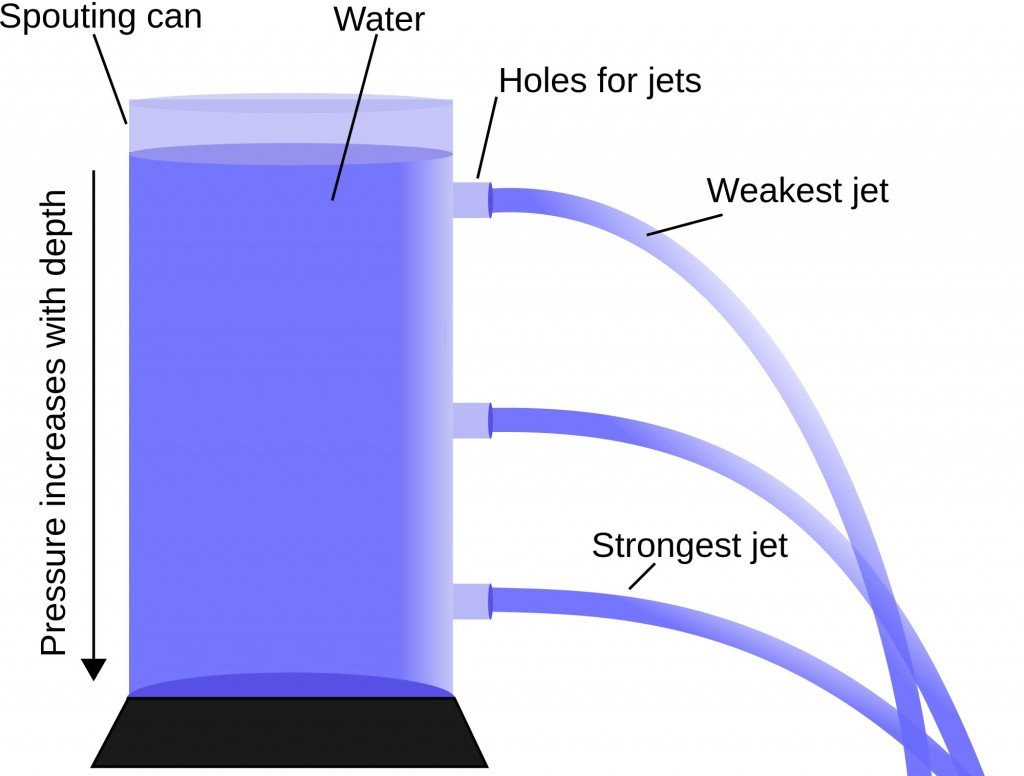Table of Contents (click to expand)
Being inside, your body displaces some of the water from its original position, so that water tries to accommodate itself wherever it finds space, thereby increasing the water level of the tub in the process.
This may seem like a weird question to most of you. In fact, it may seem utterly stupid to many people. Emptying a bath tub? Come on now…. just drain the water out of it and it’s empty, right?!

Emptying a tub is very easy, obviously, but what’s the fastest way to do it? How can you empty it faster – draining it while still sitting inside or stepping out and letting it drain then?
As it turns out, a very basic physics equation can help you drain your tub fast. However, first we need to understand a very important term related to this concept…
Recommended Video for you:
Hydrostatic Pressure
In simple words, hydrostatic pressure is the pressure exerted by a fluid at equilibrium at a given point within the fluid, due to the effect of gravity. It has a proportional relationship with the height of the liquid; in other words, hydrostatic pressure increases as a fluid’s height from the surface increases. This is because, as the height increases, its weight increases due to the enhanced effect of gravity.
Now, for the million-dollar equation:
 where ‘P’ represents pressure, ‘p’ (pronounced as ‘rho’) represents the density of the fluid (water), ‘g’ represents the acceleration due to gravity, and ‘h’ represents the height of a liquid (water level in the tub).
where ‘P’ represents pressure, ‘p’ (pronounced as ‘rho’) represents the density of the fluid (water), ‘g’ represents the acceleration due to gravity, and ‘h’ represents the height of a liquid (water level in the tub).
As you can see in the equation above, pressure at a certain height, say ‘h’, is directly proportional to the sum of the atmospheric pressure and a product of the density of the liquid, acceleration due to gravity, and the height of the liquid. This means that the higher up a fluid is (in this case, water), the more pressure and potential energy it possesses.
Furthermore, hydrostatic pressure at a given height doesn’t depend on the shape of the container enclosing the liquid; only the depth influences the pressure. (Source)

You might already know that under standard conditions, more height translates to more velocity of ejection for a liquid. Consider a water filter, for example. You have surely noticed that when it’s full, water comes out with maximum speed from the tap.
Also, have you ever wondered why they always put a tap near the base of a filter, or any fluid container, for that matter? What’s wrong with installing it somewhere near the top? Wouldn’t it be more convenient up there (for a person of normal height) than stooping to fill your mug?

[adinserter block=”2″]
This is true for the same reason again… more height translates to more pressure and therefore more velocity of the ejected liquid.
So, how can you personally increase the height or level of water present inside the tub – by being inside it or stepping out?
Answer: You should remain inside the tub.

This is because your body displaces some of the water from its original position, so that water tries to accommodate itself wherever it finds space, thereby increasing the water level of the tub in the process.
The case of bathtubs aside, this basic relationship between height and pressure can help you in many other situations too. Whenever you want to empty/drain a container filled with water quickly, no matter how small or large, just figure out a way to increase the water level by some means and you’ll be done a lot faster.













